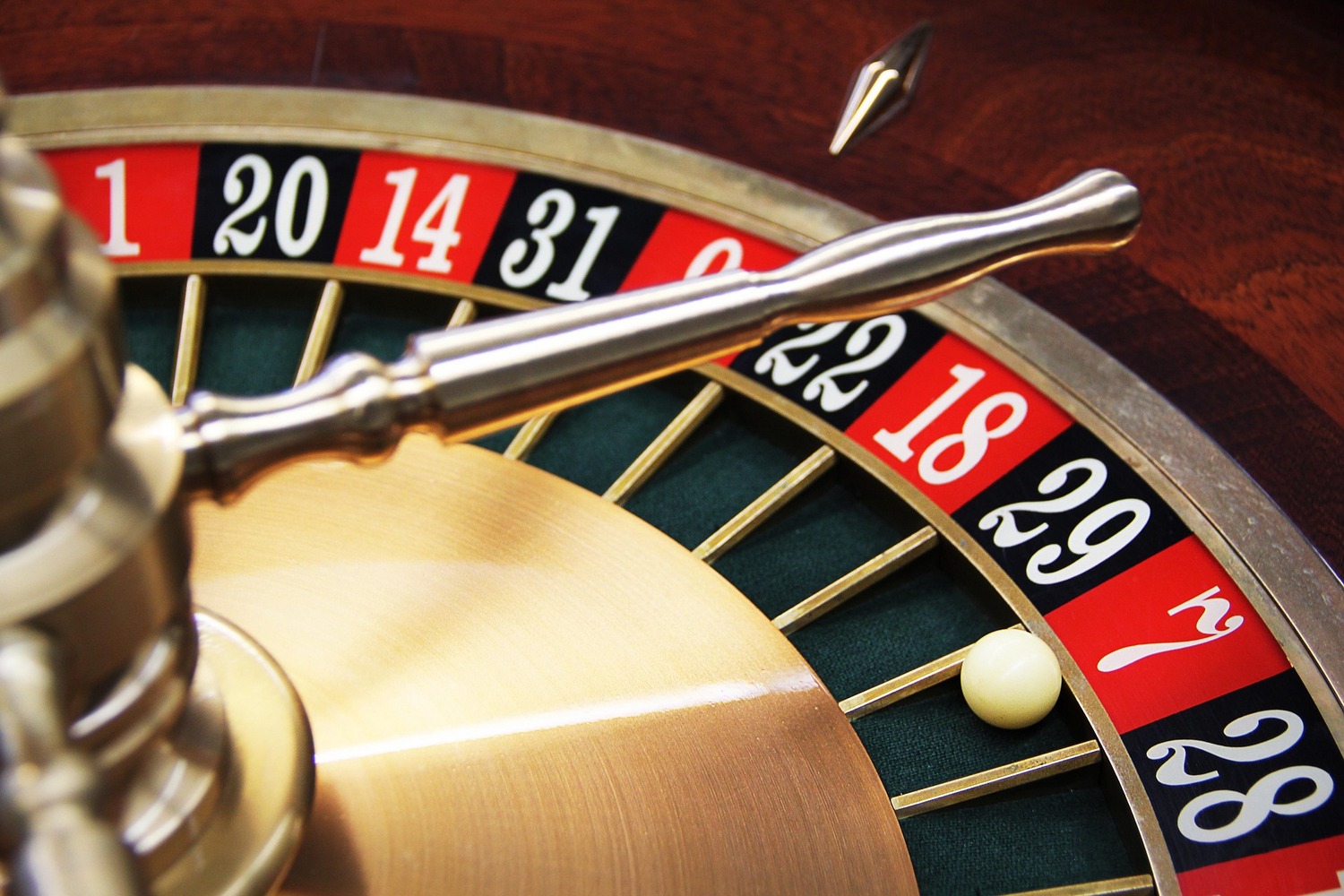Table Layout
The roulette table is an iconic element of the game, featuring a distinct layout that adds to the excitement and strategy. The table consists of a large spinning wheel at its center, marked with numbers from 0 to 36. The numbers are alternately coloured in red and black, with the 0 typically in green. Surrounding the wheel are sections for various types of bets, including inside and outside bets. Inside bets involve predicting specific numbers, while outside bets cover broader outcomes like red or black, odd or even, and high or low numbers. The layout is designed for easy navigation, allowing players to place their bets strategically based on their predictions for where the ball will land.
Additionally, the table layout includes spaces for the dealer and the stack of chips. Each player is assigned a unique colour of chips to differentiate their bets from others. The arrangement of numbers on the wheel is carefully designed to create a balanced distribution, adding an element of unpredictability to the game. Overall, the table layout is an integral aspect of the game experience, providing a visual guide for players to engage with the game’s diverse betting options. Check out more information on tables at roulette-casinos.nz.


